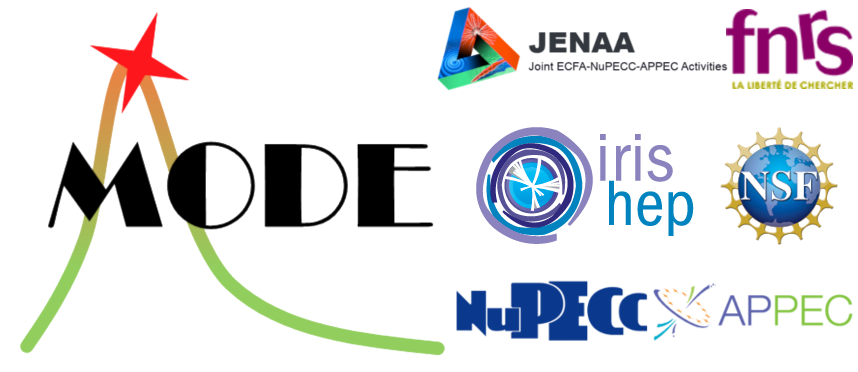Speaker
Description
In the civil engineering industry, there is an increasing demand for innovative non-destructive evaluation methods. Muography is an emerging non-invasive technique that constructs three-dimensional density maps by detecting the interactions of naturally occurring cosmic-ray muons within the scanned volume. While muons can penetrate deep into structures, their low flux results in long acquisition times for high-resolution imaging. Recent work has demonstrated that a conditional Wasserstein Generative Adversarial Network with gradient penalty (cWGAN-GP) can enhance features and reduce noise variations in low-sampled muography data, significantly reducing the time required for detailed imaging. Additionally, segmentation models have shown strong capabilities in identifying structural features while mitigating smearing effects caused by the inverse imaging problem.
Ongoing research focuses on validating these models with experimental muography data to assess their robustness in practical scenarios. Furthermore, conventional convolutional architectures are limited in their ability to capture long-range spatial dependencies, potentially affecting feature detection. To address this, we are investigating models with increased context size, by incorporating 3D processing and attention mechanisms. This work ultimately aims to enhance the feasibility of muographic imaging of reinforced concrete, making it more attractive for widescale industry adoption.
